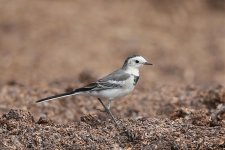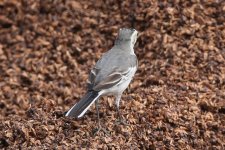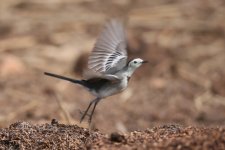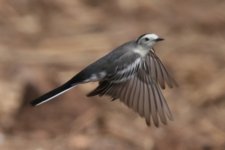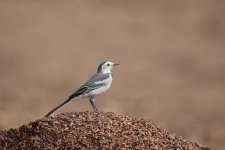Please help me to ID the subspecies of this White Wagtail. I think a little chance of baicalensis than leucopsis by the great/median coverts pattern and grey rump. If so, this could be a rarity in this area. Thanks!
Photographed on 04, Feb., 2017. Shagang ranch, Kinmen County, Taiwan. (GPS: 24.478374 N, 118.323920 E)
Photographed on 04, Feb., 2017. Shagang ranch, Kinmen County, Taiwan. (GPS: 24.478374 N, 118.323920 E)
Attachments
Last edited:




